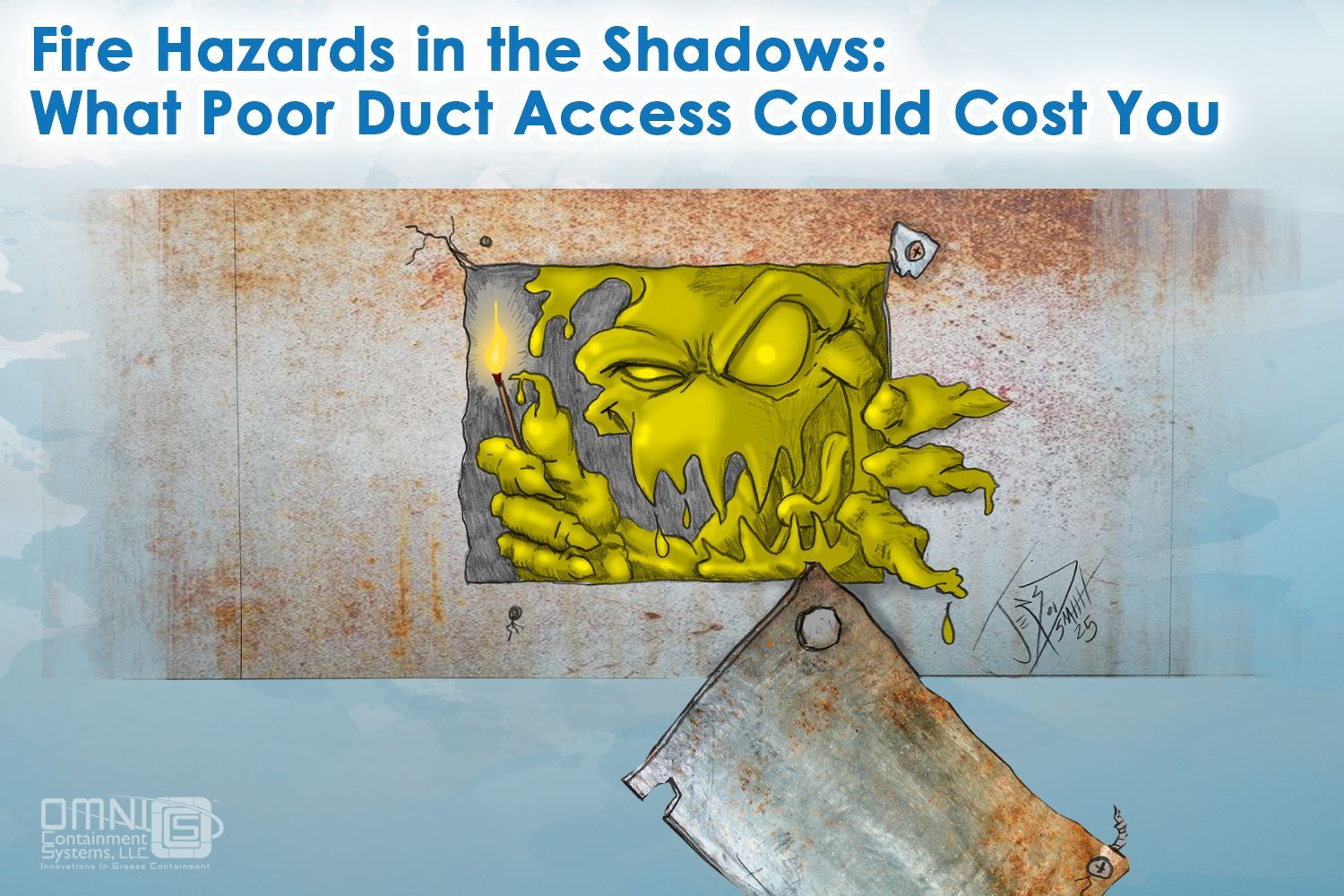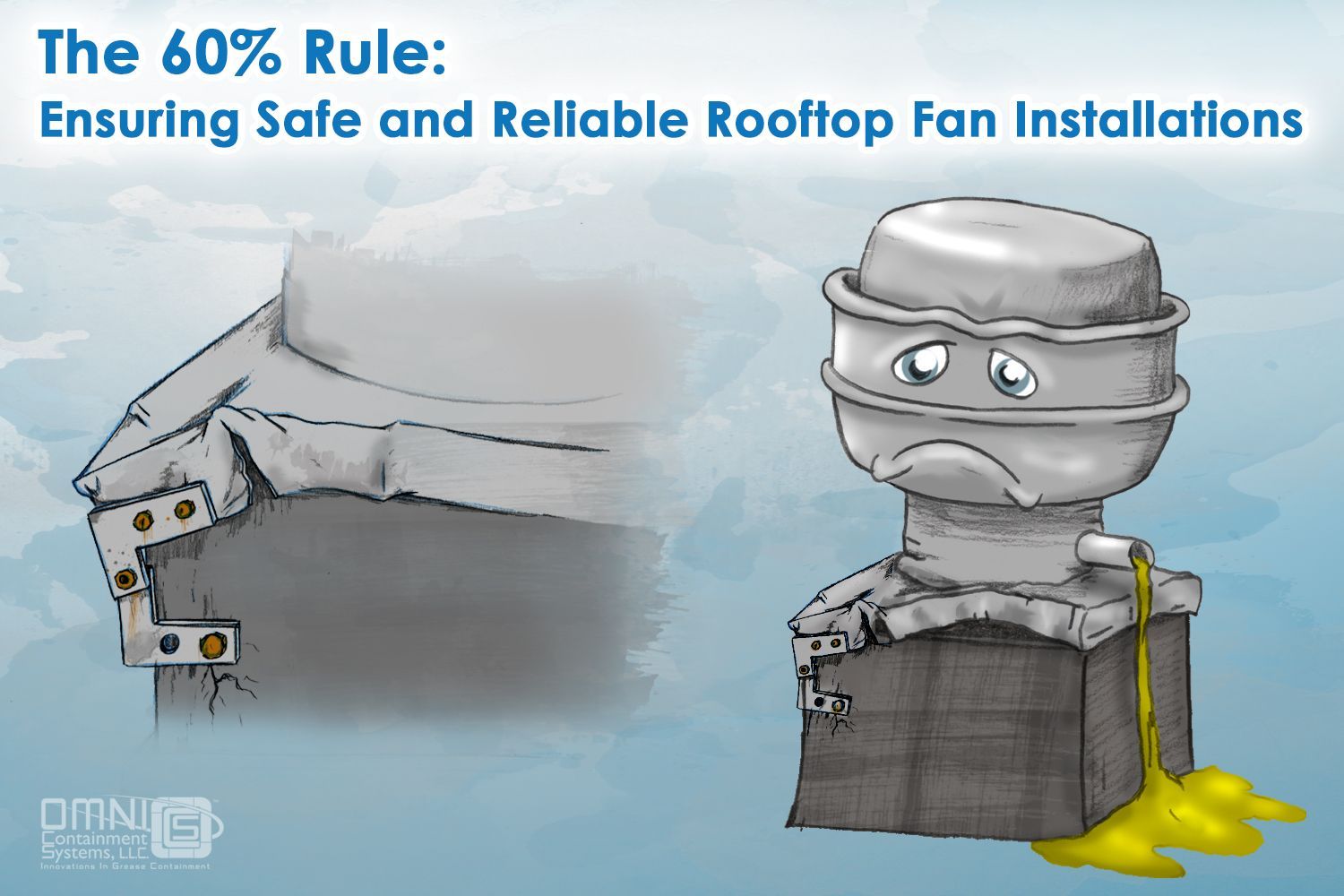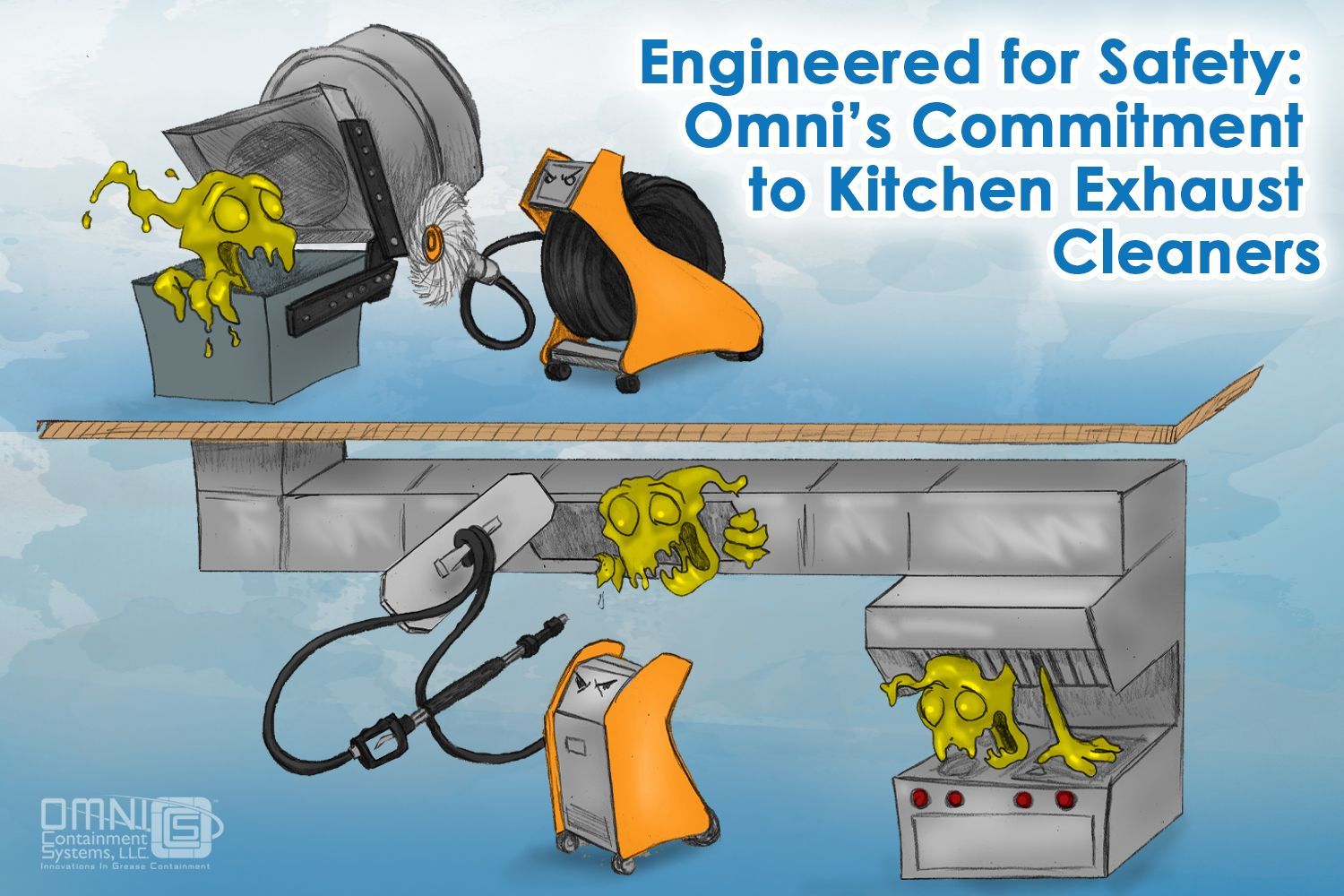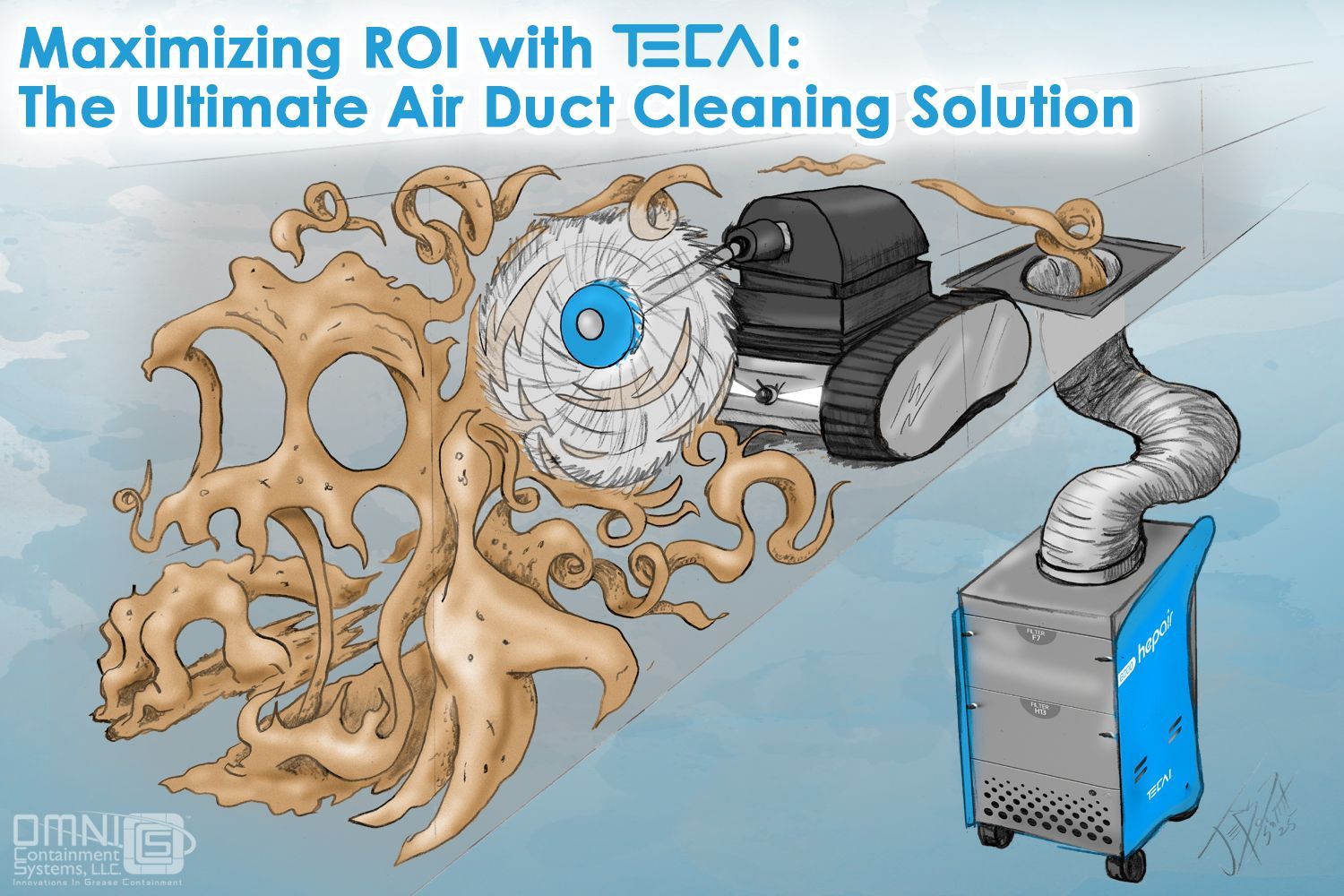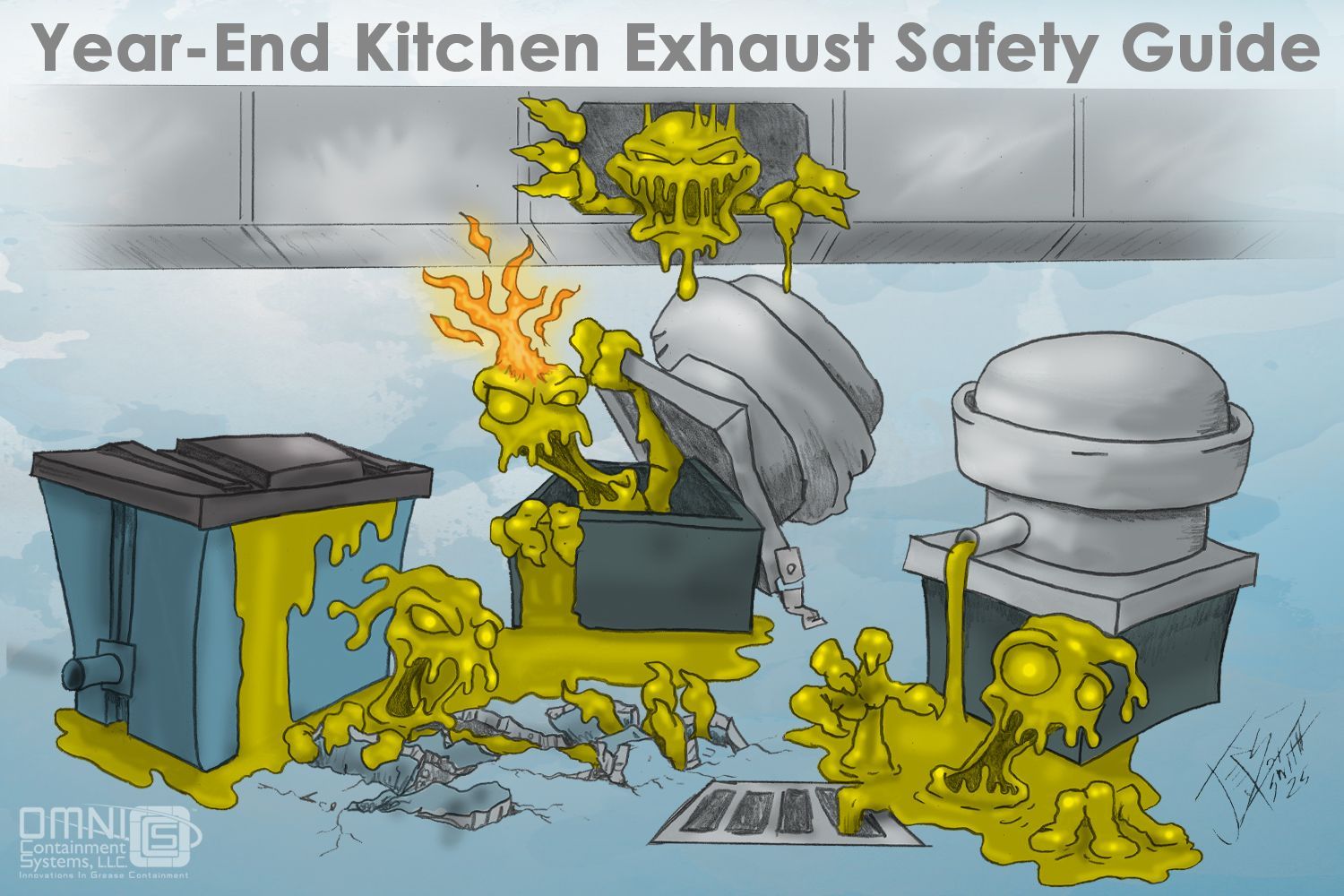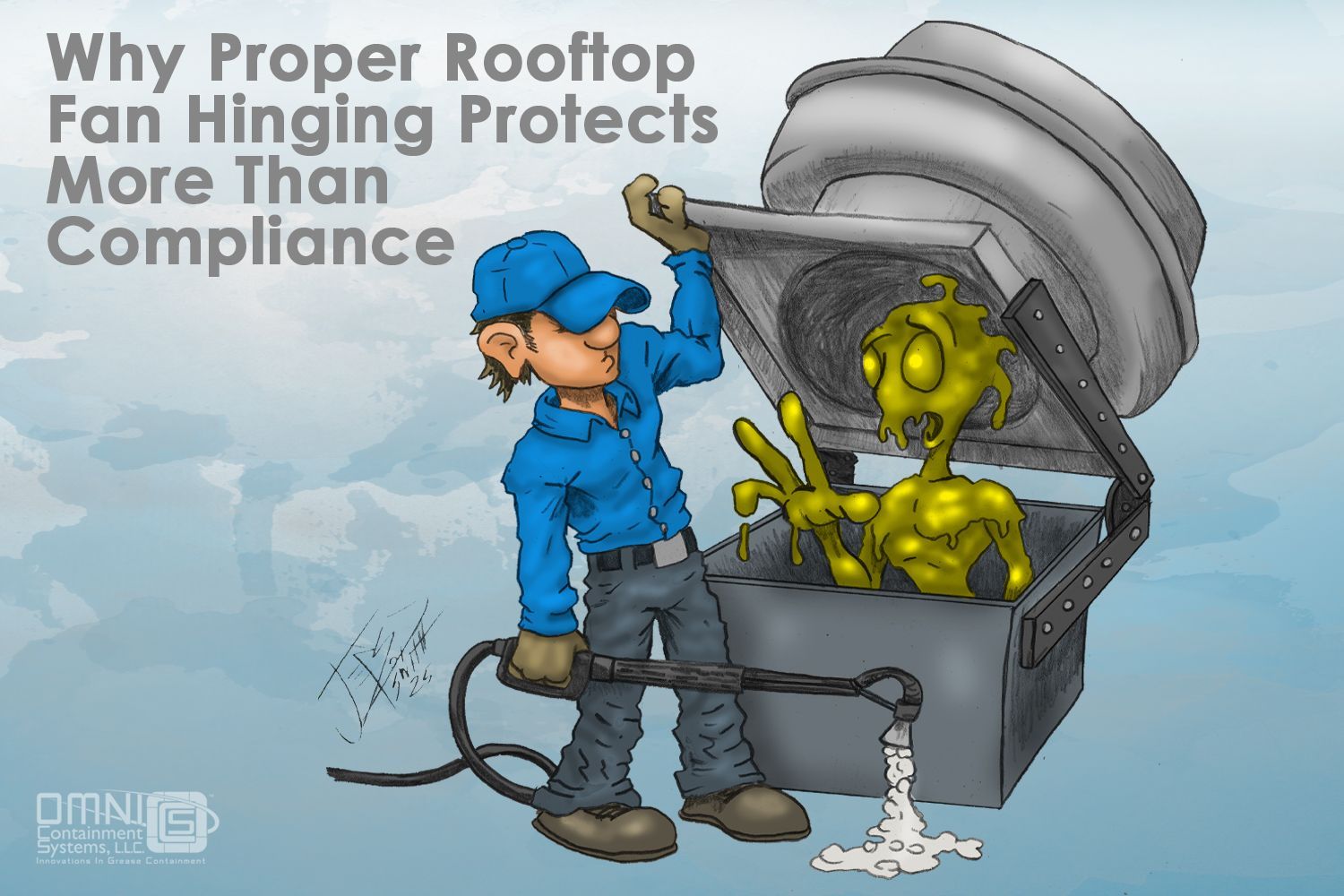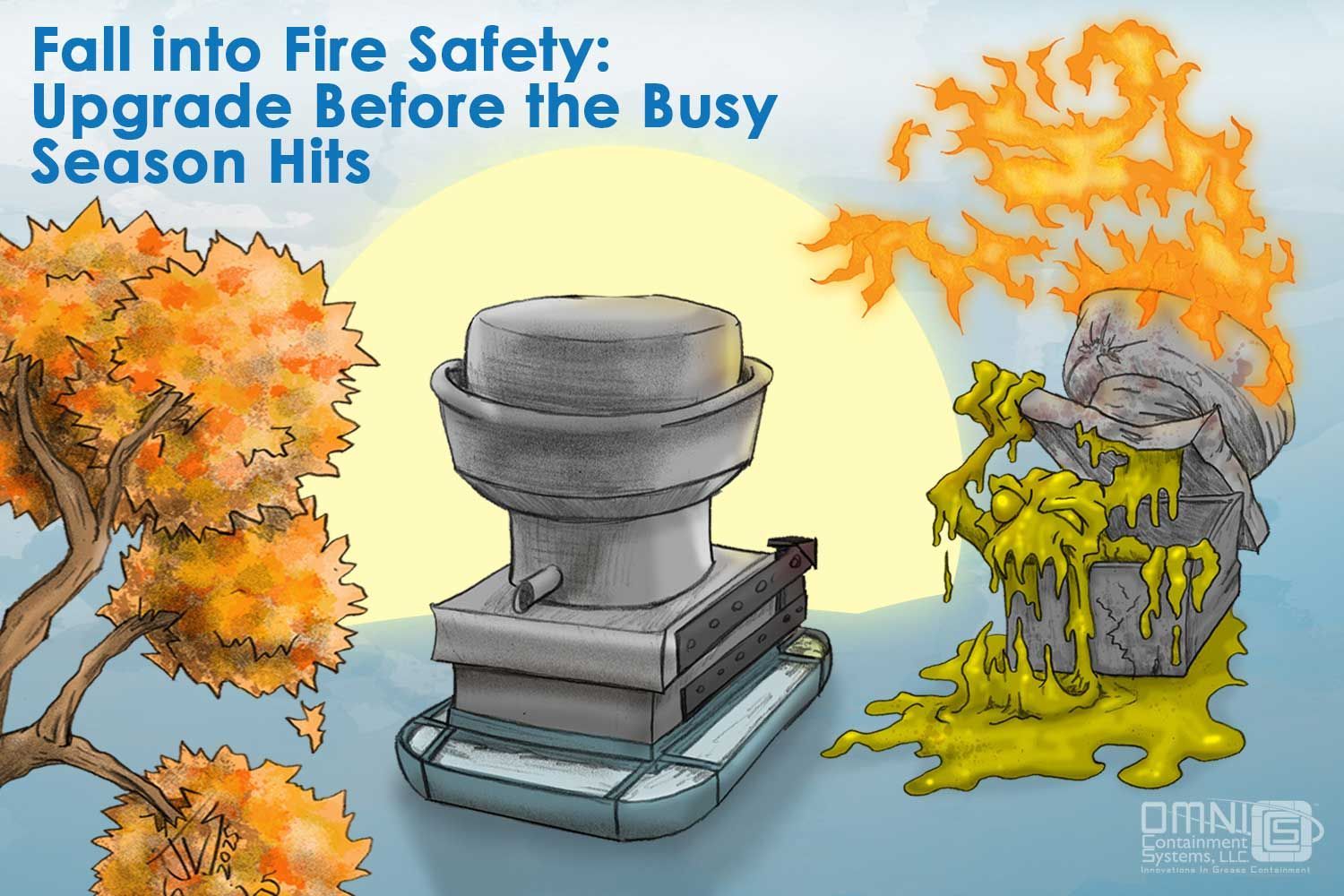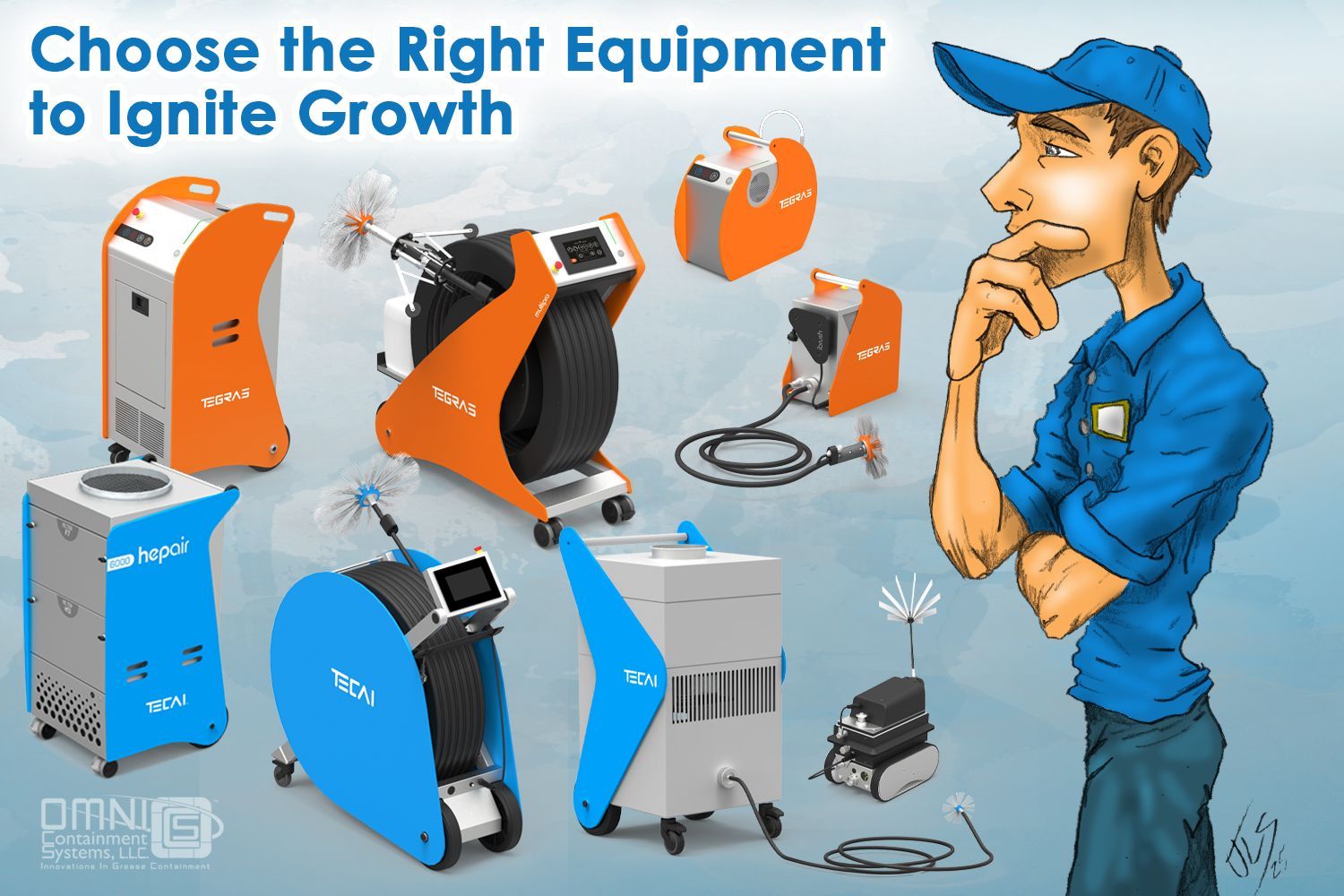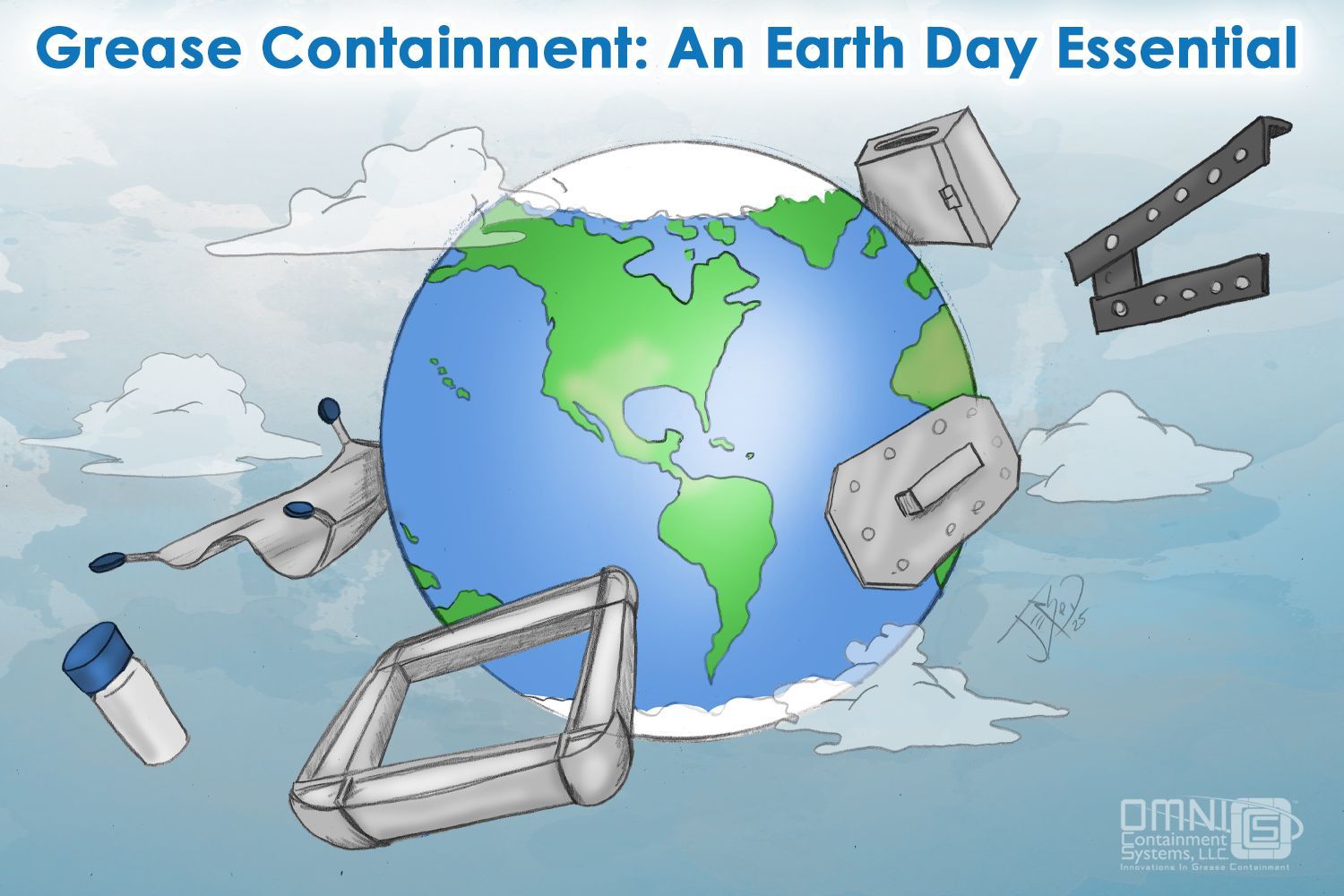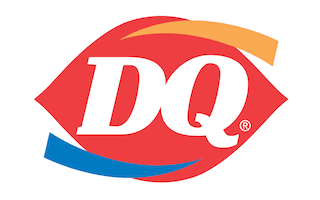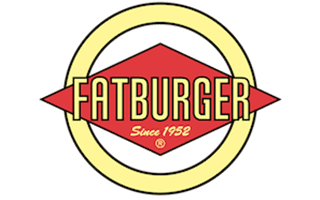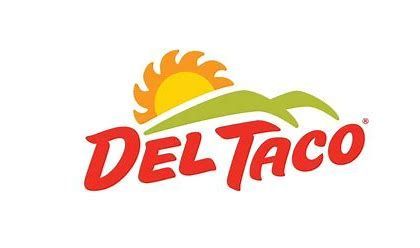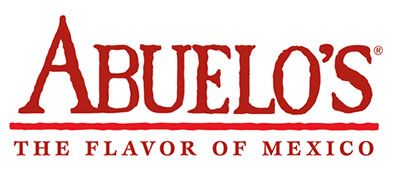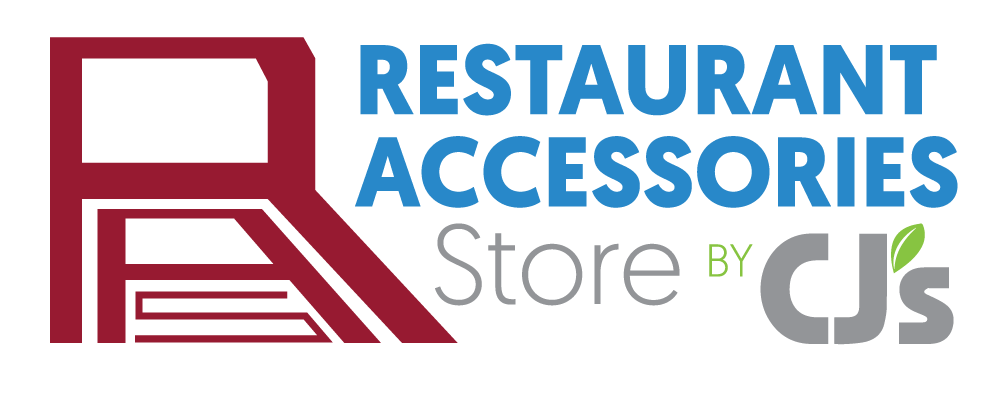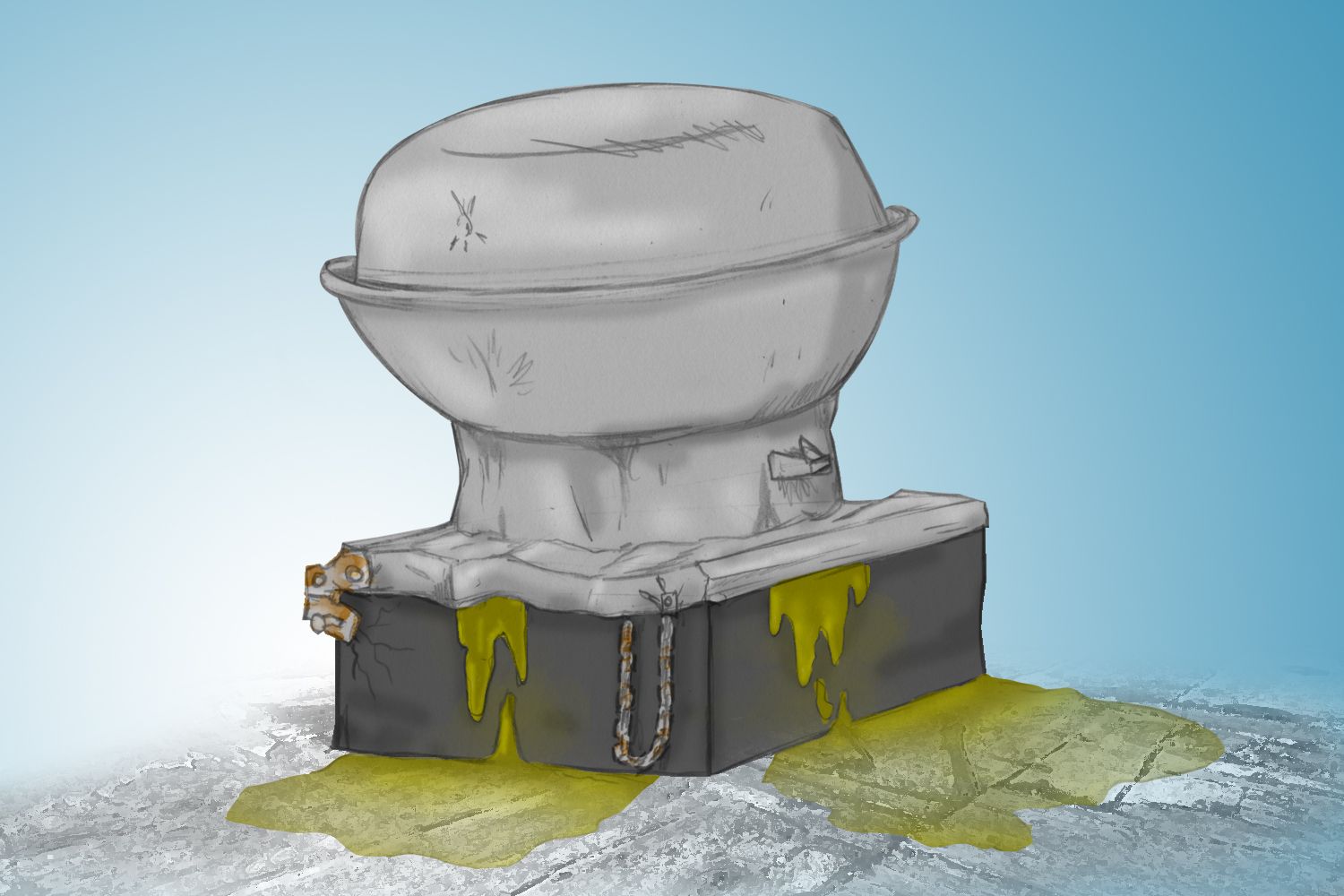
Proper Hinging: Why is it Important and Which Hinge Should you Use?
According to NFPA Standard 8.1.1.1, a kitchen exhaust fan must have a hinge. “Approved upblast fans with motors surrounded by the airstream shall be hinged, supplied with flexible weatherproof electrical cable and service hold open retainers, and listed for this use.”
In addition to helping you be NFPA 96 Standard compliant, proper hinging does 3 things. If a proper hinge is installed on the kitchen exhaust fan, it can significantly increase the longevity of the fan . This means fewer replacement costs for you. Proper hinging can also help prevent grease leaks by helping maintain the strength of seals! We all know how expensive and irritating grease leaks can be. Installing proper hinging on your kitchen exhaust fan helps ensure you don’t have to replace it as often as if you installed a hinge that was not well suited for your fan size and style.
Which type of hinging is best for you?
We sell 4 different types of hinges. The type of hinge that would be best for you depends on the size of your kitchen exhaust fan as well as a few other factors. The four hinges we offer are: The Super Hinge , Quick Fit Super Hinge , the Econo Hinge , and the Easy Clean. We have put together a list of the pros and cons of each type of hinge to make selecting a proper hinge easier!
The Super Hinge
| Pros | Cons |
|---|---|
| The super hinge provides incredible support to the kitchen exhaust fan. It also increases the stability of the fan base. |
The super hinge should not be used on fans with a wind band that is less than two inches from the edge of the fan base. If your fan looks like this, The Super Hinge may not be the best option for you. |
| Can be installed on large fan base/fan curb offsets while maintaining the fan curb seal. | The fan must be turned off during the installation of the hinge. That means cooking cannot take place during installation. This may be inconvenient for some restaurants. |
| As long as the hinge is properly installed according to Omni Containment System’s hinge sizing chart, there is a warranty for the life of the fan. | The initial install fees are higher due to the more labor intensive installation process of this hinge. |
The Quick-Fit Hinge
| Pros | Cons |
|---|---|
| This hinge has one of the easiest and fastest installation processes. | Does not add the amount of support that a larger hinge like the Super Hinge does. |
| This hinge can be installed while the fan is running, making it a convenient choice. | |
| Maintains exceptional support of the kitchen exhaust fan. | |
| This hinge can be used on fans that have a large wind band, even if the wind band extends over the edge of the fan base. | |
| This is the most popular hinge because of its versatility. | |
| As long as the hinge is properly installed according to Omni Containment System’s hinge sizing chart, there is a warranty for the life of the fan. |
The Econo Hinge
| Pros | Cons |
|---|---|
| An inexpensive hinge. |
Limited in size, should only be used for certain smaller sizes of fans. |
| As long as the hinge is properly installed according to Omni Containment System’s hinge sizing chart, there is a warranty for the life of the fan. |
The Easy Clean
| Pros | Cons |
|---|---|
| This hinge allows the fan to slide upward to an angle that allows for fluid to drain into the duct work below. The fan basin can be sprayed with water and that dirty water can be drained into the duct. |
Limited in offset where the fan base is larger than the fan curb. |
| As long as the hinge is properly installed according to Omni Containment System’s hinge sizing chart, there is a warranty for the life of the fan. | Installation is longer and may cost more in labor hours. |
Our hinges not only help you meet NFPA 96 Standards, they also have a warranty for the life of the kitchen exhaust fan if the correct size hinge is placed on the fan! If you would like to hear more about any of our hinges or want to place an order, call 847-468-1772 and one of our knowledgeable team members will be happy to assist you.
Share This Blog Post!
